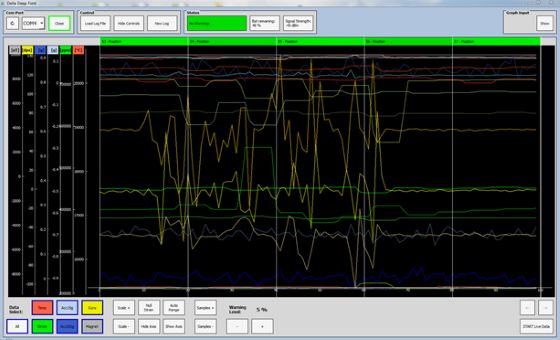WDS SmartMould:
Optimizing your chocolate plant
During production, the moulds used in chocolate plants are stressed thermally and mechanically. The polycarbonate moulds in solid chocolate and shell moulding lines -used to shape the final products- are conveyed through the line und pass through all required workstations.
In order to detect maladjustments or wear and tear of the polycarbonate moulds at an early stage, the line can periodically be driven through by the WDS SmartMould. For that reason, one mould of an existing mould set is equipped with appropriate sensors to identify purposefully the influencing variables. These influencing variables are compared “online” to already archived variables.
Data collection
The sensors are connected to a detection electronics unit. The acquisition is completely self-sufficient, it collects the data in an intermediate store and makes it available to a bidirectional transceiver unit. The radio connection used for this is enduring so that the data can be accessed permanently online.
The measuring electronics are encapsulated in the mold - the potting material used is specially approved for use in food industry machinery.
Data transmission
The transmission is done via radio communication and is therefore independent and free of any WLAN use. On the receiver side a corresponding remote is set up. The data sent by the WDS SMARTMOULD are logged directly on the receiving side. For this purpose, the detection unit is installed in a WDS control cabinet. The necessary radio connection is established by means of a rod antenna, which is placed on the outside wall of the switch cabinet.
Operating the WDS SmartMould
WDS SmartMould operation is determined for the exterior of the production process.
The mould is forwarded through the plant in repetitive cycles at constant, predefined plant parameters.
The use is especially recommendable after maintenance works or before starting the production process.
The cyclical comparison is based on the data set recorded during a “good run” under specified boundary
conditions. The teach-in can take place as needed. A mixed operation in a running production is currently not
intended and seems to be pointless due to different influencing parameters.
Display of software
Essentially, the software shows the recorded data of a machine run in terms of curves on a time axis.
The machine positions are marked on the x-axis. For each machine position, it is possible to fix limits in percent for the excess or the shortfall of absolute values or of analysis results. The defined limit is matched to a colour (for example yellow or red). If this limit is exceeded the background of the machine position in question is marked in the selected colour to stress it.
It is possible to match various signal values (e.g. temperature and acceleration in direction z) to different limits and colours.
Software example
This is a diagram of recorded measuring curves.
In the programmed version the shown numbering of sections is replaced by the station names of the shifting register
Highlights of the WDS technology
Recognition and supervision of mechanical influencing variables
- Protecting your mould sets
- Preventive maintenance
- Wireless data transmission (no WLAN)
- Continuous target-actual comparison
- Integration in your RFID system, if available
- Self-sufficient working system with open interfaces

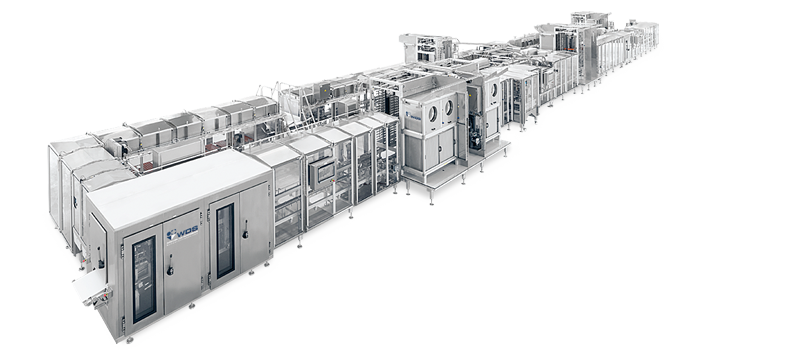
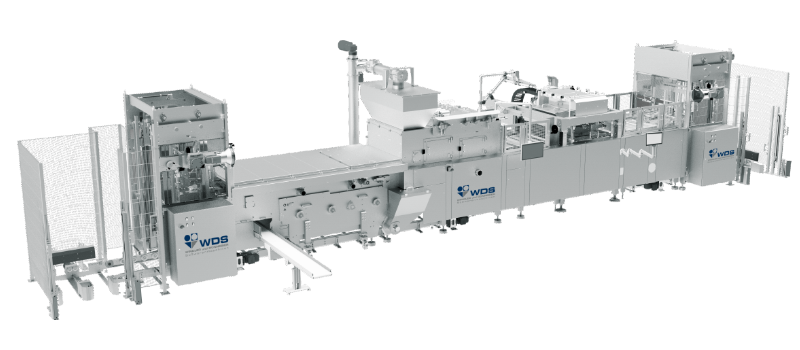
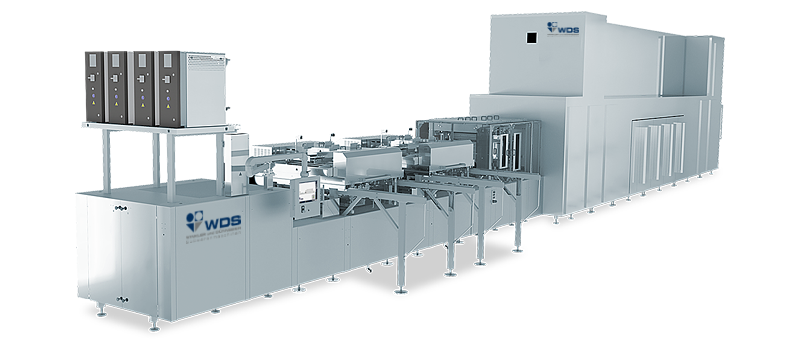
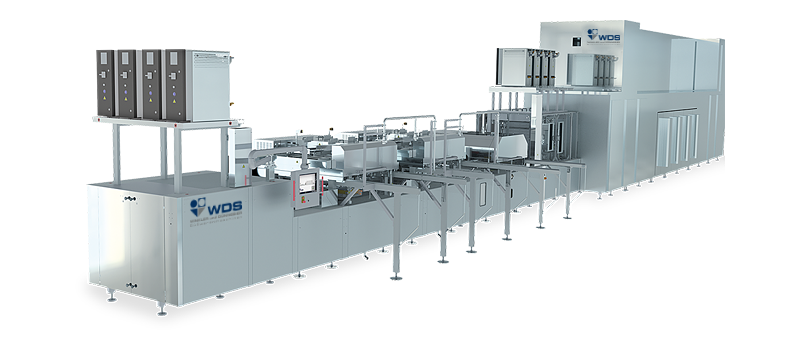
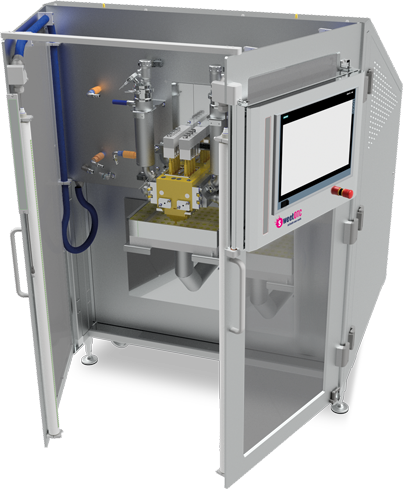
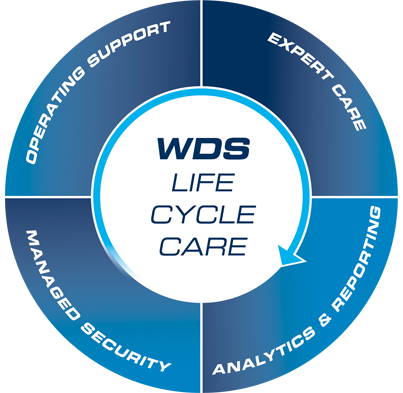
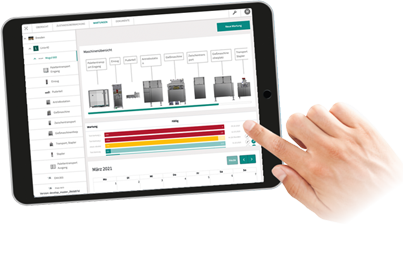
 Deutsch
Deutsch  English
English  Русский
Русский 